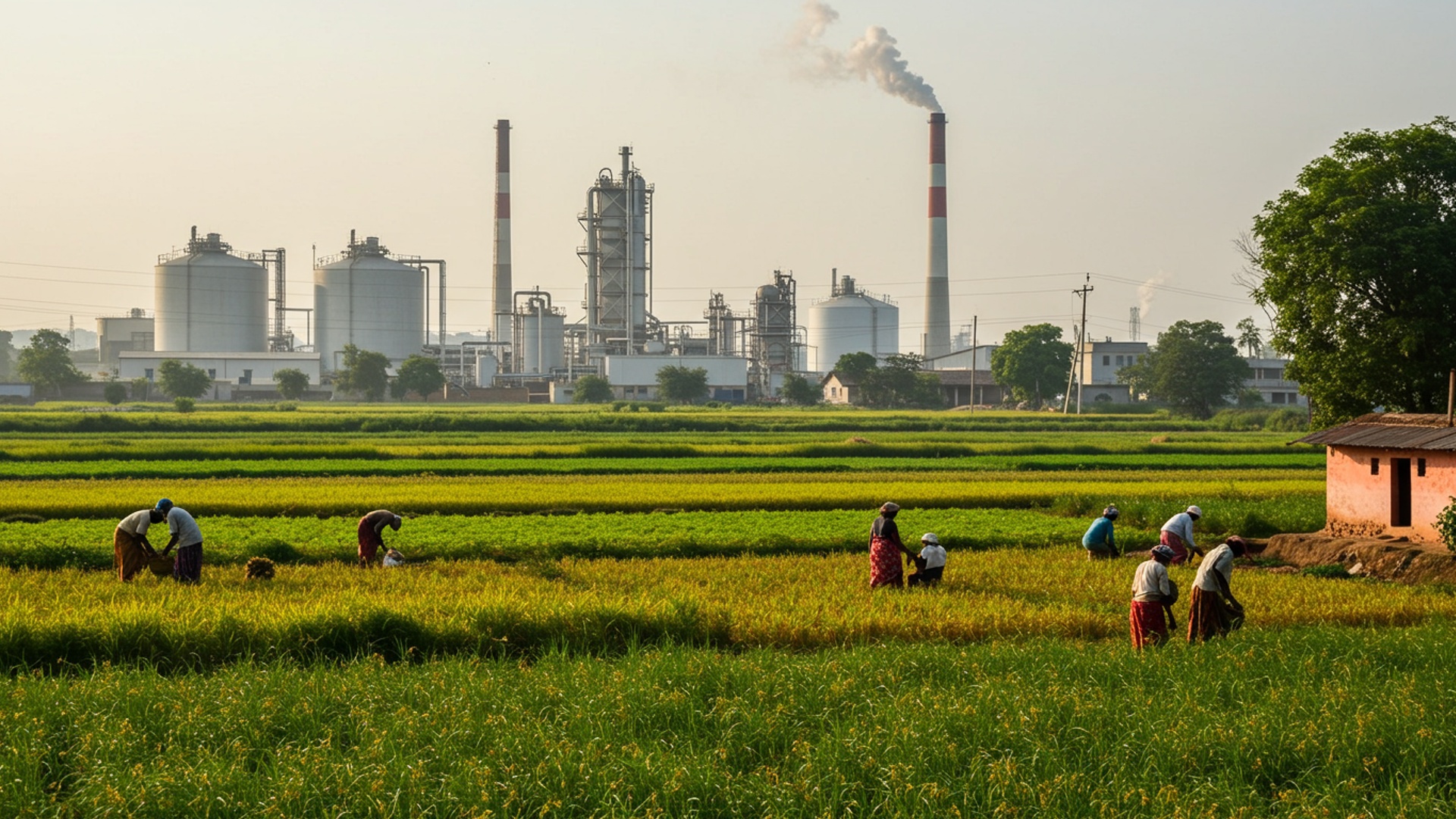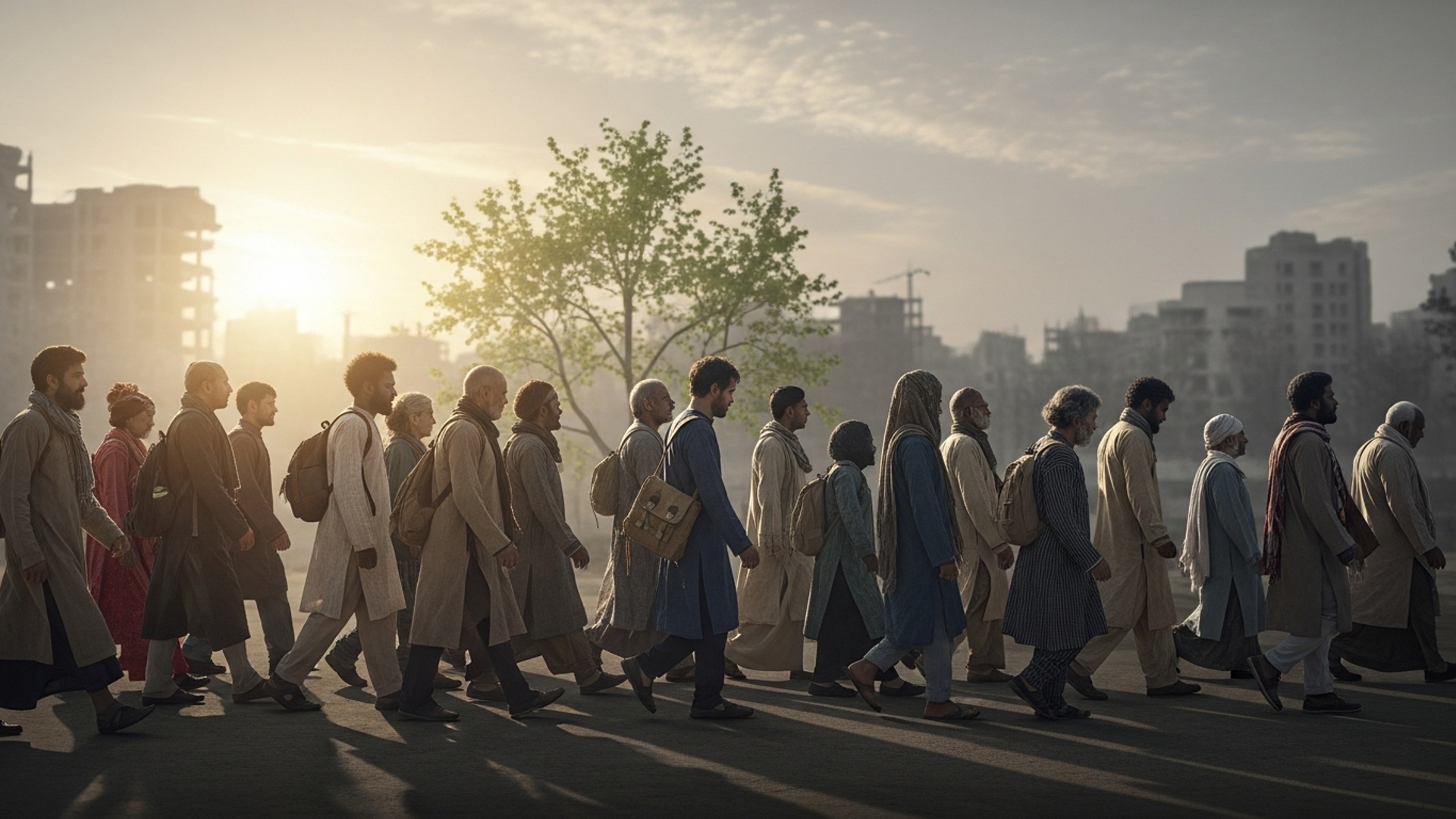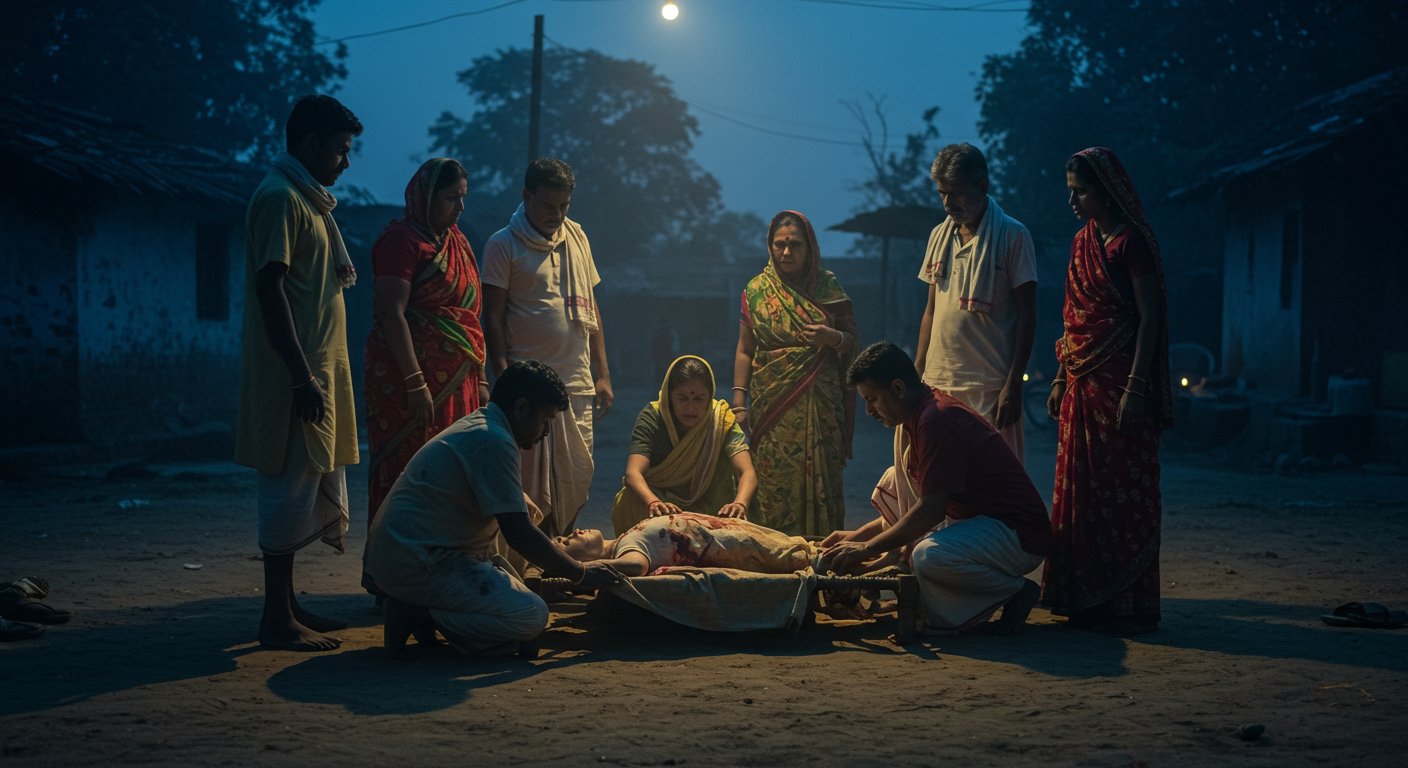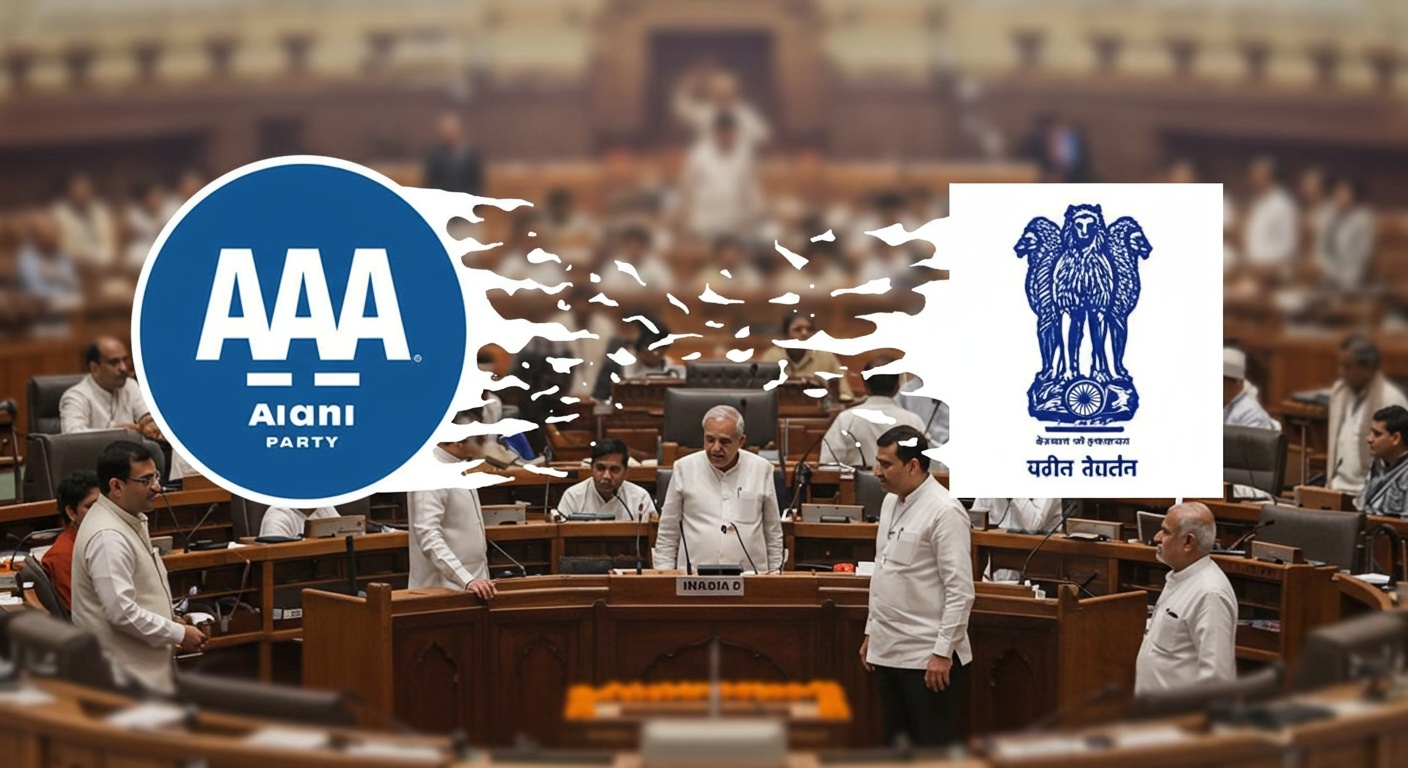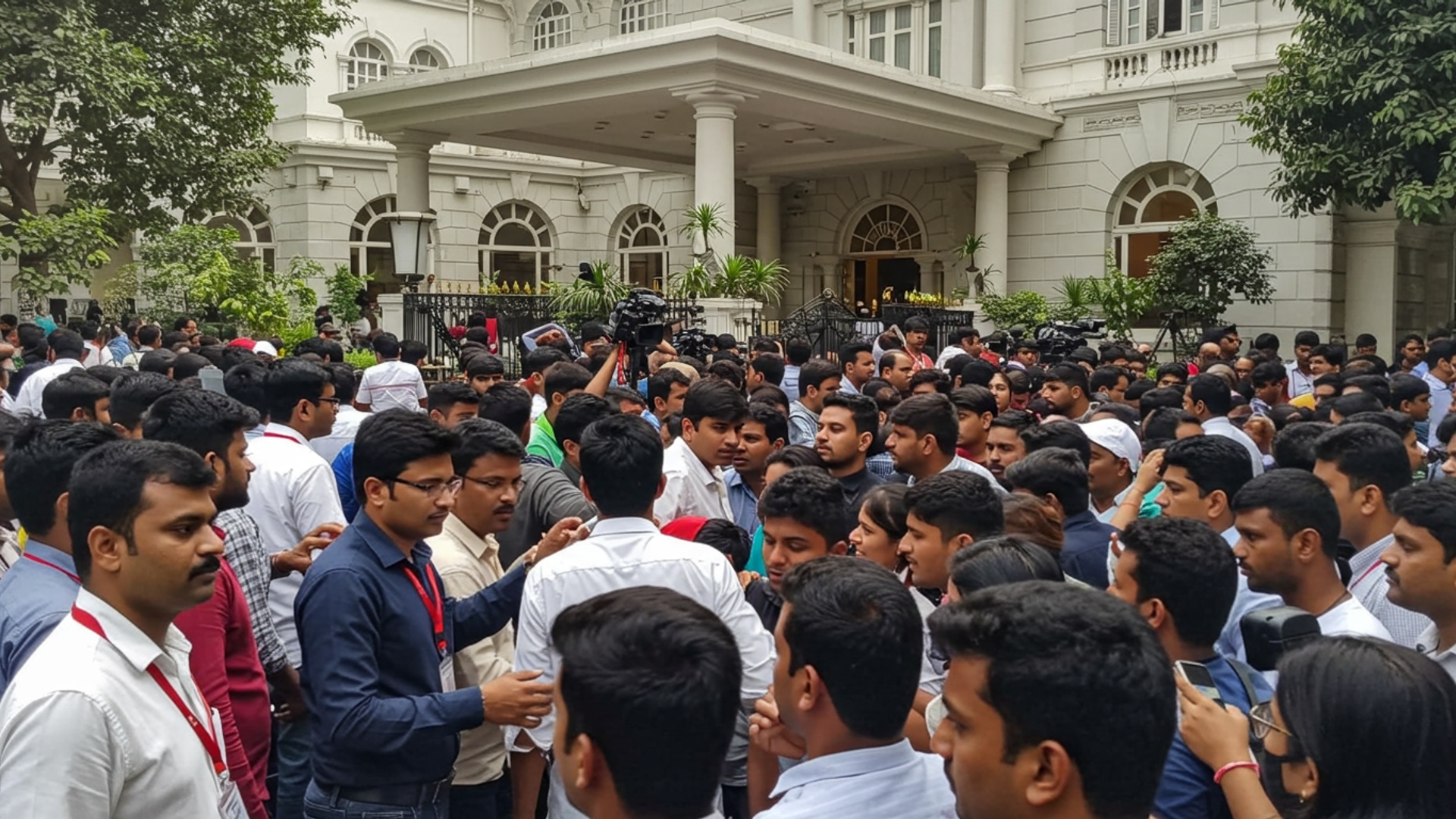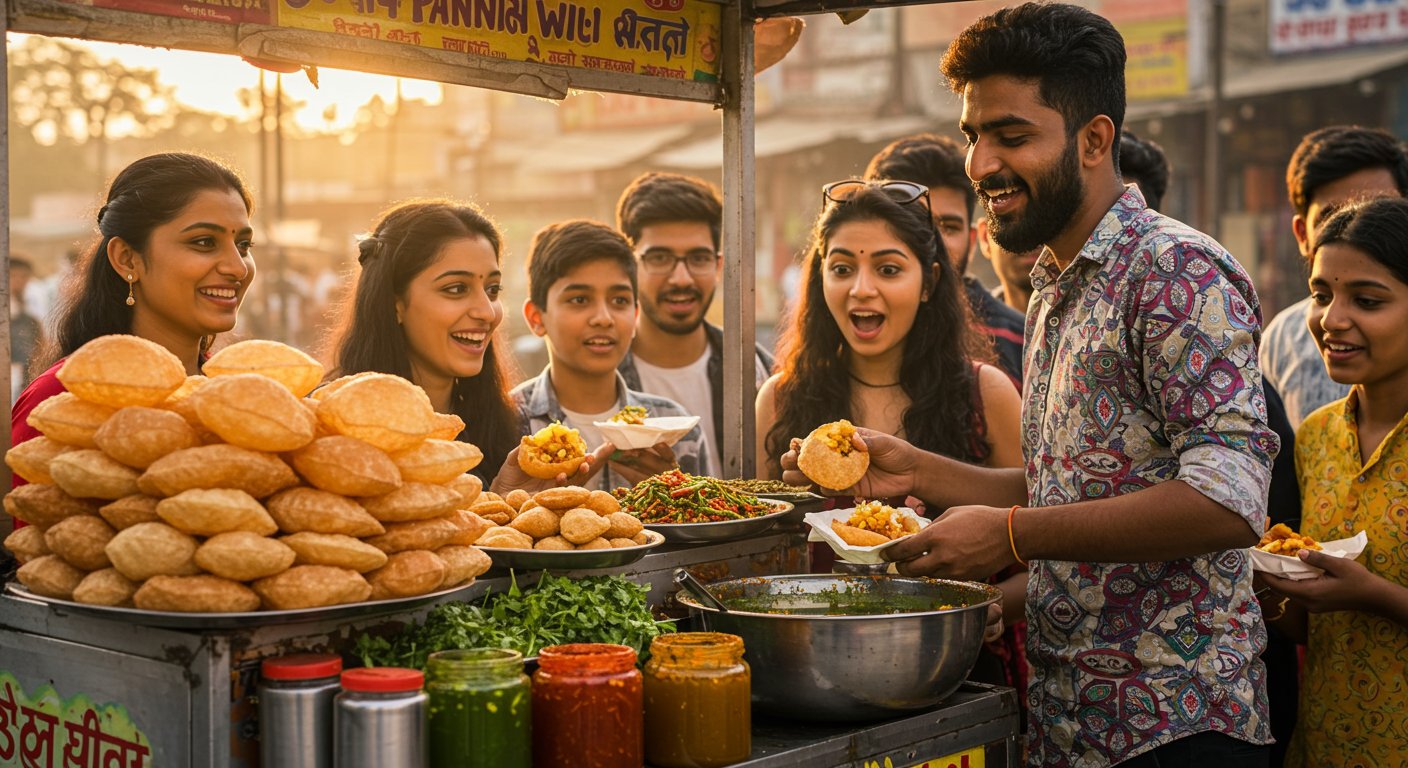Chhattisgarh is taking a big step for clean power, with the state now strongly working to make fuel from plants, known as biofuel. This crucial move helps the land and creates new jobs for people. The government is investing in plans and building new places across six municipal areas including Ambikapur, Raigarh. Korba to produce compressed biogas from urban waste and surplus farm material. This effort aims to reduce bad air and give the state its own clean energy, pushing towards net-zero carbon emissions. By doing this, Chhattisgarh is leading the way in India for using natural sources for power, showing how a cleaner future is possible for everyone.
New Drive for Green Energy
Chhattisgarh, a state known for its rich farm lands, is now making big moves to create clean energy from plants and waste. After earlier tries with jatropha plants did not fully succeed due to issues with getting enough seeds, the state is now putting its focus on turning farm products like paddy, maize. sugarcane into fuel. It is also looking at urban waste for energy. This new push aims to use the state’s large amounts of farm produce and city waste to make its own fuel. This is a big step towards reducing the need to buy oil from outside and making the state more self-reliant in energy. This change is crucial because India relies heavily on buying oil from other countries, with more than 85 percent of its oil coming from abroad. By making fuel from resources grown inside the state, Chhattisgarh can help make India’s energy supply more secure. The government sees this as a way to solve many problems at once: managing farm waste, creating jobs. cleaning up the environment.
Making Fuel from Farm Waste
The main types of fuel being made are ethanol and compressed biogas, often called CBG. Ethanol is made by breaking down farm products that have sugar or starch, such as paddy, maize. sugarcane. For example, it is thought that one large load (one metric tonne) of paddy can give about 45 litres of ethanol or biofuel. Compressed biogas is produced from city waste and left-over plant material. This includes things like agricultural waste, dairy byproducts, market waste from fruits and vegetables. even cow dung. The process changes this waste into gas that can be used as fuel. The state also has plans to explore making biojet fuel for planes and green hydrogen, which is a very clean form of energy.
Government Steps and Support
The government of Chhattisgarh is playing a key role in this green energy effort. The Chhattisgarh Biofuel Development Authority (CBDA) is the main group leading all the work on biofuel. The state’s plan for industries, called the Industrial Policy 2019-24, has special rules to help make biofuel, especially from the large amounts of paddy grown in the state. This plan gives special payments and tax breaks to companies that set up biofuel plants. For example, a new plant making bioethanol can get an early start payment if it begins producing within 18 months of signing an agreement. The state government also makes sure farmers get a good price for their maize, which helps them supply raw materials for biofuel plants. These steps show the government’s strong support for growing the biofuel industry. A new Industrial Policy 2024-29 is also being set up to bring in more money for a green economy and create more work for people.
Companies Join the Effort
Many companies, both private and those owned by the government, are getting involved in Chhattisgarh’s biofuel plans. Seven private companies have signed agreements with the state government to make biofuel from paddy. Also, big government-owned oil companies like Indian Oil Corporation (IOC) and Hindustan Petroleum Corporation Limited (HPCL) are part of this effort. IOC, for example, is interested in setting up a large plant that can make 500 kilolitres of biofuel from rice every day. More recently, 34 private companies have shown interest in building plants to make ethanol, with one plant in the Kawardha district already making ethanol. Most of these new plants are expected to start work by 2025. For making compressed biogas, the CBDA has made special agreements with GAIL (India) and Bharat Petroleum Corporation Ltd (BPCL). These companies will set up plants in six city areas: Ambikapur, Raigarh, Korba, Bilaspur, Rajnandgaon. Dhamtari. These plants are planned to process about 350 large loads of city waste and another 500 large loads of extra plant material every day, aiming to produce about 70 large loads of compressed biogas daily. This project will bring in about 600 crore rupees in money from GAIL and BPCL.
Good for Farmers and Jobs
The push for biofuel is expected to bring many good things to the people of Chhattisgarh, especially farmers and those in rural areas. Since Chhattisgarh grows a lot of paddy, using the extra crop for biofuel means farmers will have a sure way to sell their produce and get fair prices. This helps to make farm incomes better. The state buys large amounts of paddy from farmers. with new biofuel plants, farmers will be able to supply their paddy directly, cutting down on transport costs. This new industry will also create many new jobs. It is thought that setting up ethanol making units could create about 4,765 direct jobs and many more indirect jobs. The Chief Minister of Chhattisgarh has said that these projects will help the state grow, not just in making energy. also in making cities cleaner and creating work for people. The money gained from selling compressed biogas, for example, is also expected to add to the state’s earnings.
Cleaner Air and Less Imports
One of the biggest benefits of making biofuel is its positive effect on the environment. Using farm waste like paddy husk and rice straw for biofuel production helps solve the problem of stubble burning, which pollutes the air. By turning waste into fuel, the state can reduce harmful gases that go into the air. This fits with the national goal of reducing pollution and moving towards cleaner energy. The state has also announced that these steps will help Chhattisgarh get closer to its goal of putting no extra carbon into the air. Biofuels also play a big part in India’s plan to be more energy independent. By making fuel from its own resources, India can lower the amount of crude oil it needs to buy from other countries. This saves a lot of money that can then be used for other essential things within the country. The national plan for biofuels aims to mix 20 percent biofuels with regular fuels by the year 2030, a big jump from the current 5 to 6 percent. Chhattisgarh’s work is a key part of reaching this national goal.
Looking Ahead
Chhattisgarh is moving forward with its green energy plans. While a lot of work is happening, there are still some steps to take. For example, the state government needs approval from the central government to use its own store of paddy for biofuel, not just the surplus rice from the national food supply. Keeping a steady supply of raw materials for the plants is also very vital for these projects to keep working well. The state is also looking at more advanced types of clean energy. The Chhattisgarh Biofuel Development Authority (CBDA) is planning for biojet fuel and green hydrogen in the future. Efforts are also being made to improve other green energy sources like solar power. For example, old energy parks are being turned into places that make their own power using solar panels. big solar projects are being built in places like Rajnandgaon. These combined efforts show Chhattisgarh’s strong commitment to a cleaner, more energy-secure future. ![]()
